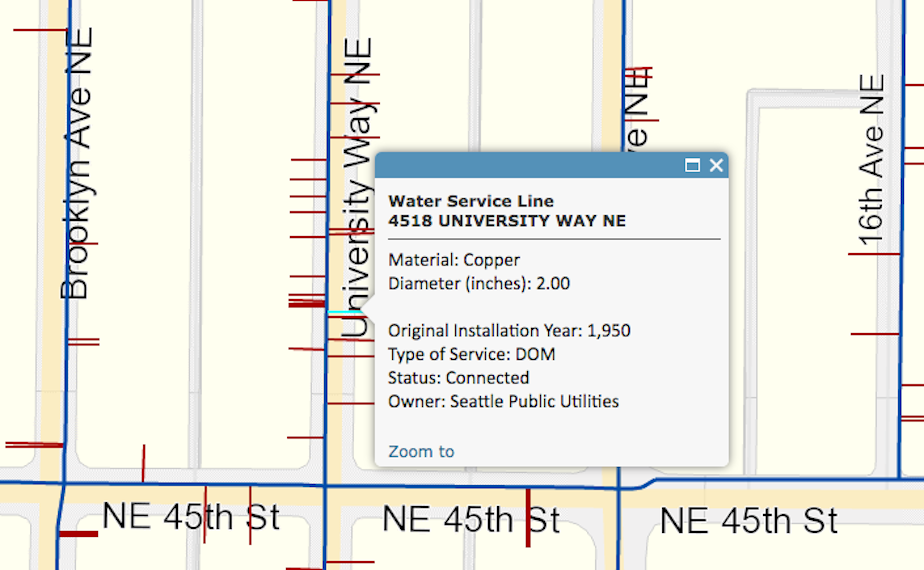Who should 'run water' before drinking in Seattle, and other lead questions

Seattle Public Utilities staff explained their advice for residents to the Seattle City Council on Monday.
Here are the takeaways:
What's the problem? Is Seattle's drinking water safe?
The Flint, Michigan, water crisis prompted Tacoma Public Utilities to search for any sources of lead in the city's drinking water. Tests turned up high levels of lead in four Tacoma homes. In addition, this week Tacoma Public Schools revealed a test from May 2015 that found "unacceptable levels" of lead in six schools.
Over the weekend, Seattle Public Utilities conducted preliminary tests on water in five homes. They picked homes that have galvanized metal water lines, like the Tacoma sample homes. The results indicated low levels of lead. The highest amount of lead found was 1.95 parts per billion. The federal limit for lead is 15 ppb. At 15 ppb or higher, the Environmental Protection Agency will require water utilities to improve water treatment and alert the public.
Sponsored
SPU Drinking Water Manager Wylie Harper says the tests "should give customers an added sense of confidence in their water.”
Where does the lead come from?
It's called a lead gooseneck.
Seattle Public Utilities estimates about 8,000 Seattle water lines are made of galvanized metal, and about 2,000 of those have a lead gooseneck. The utility is investigating whether or not the goosenecks are corroding. The utility knows where the galvanized lines are, but not where the 2,000 gooseneck fittings are. Wylie Harper says they are traditionally in homes built before 1930.
The utility continues to stress that the water is safe to drink.
Sponsored
What should residents do?
Find out if your water line is made of galvanized metal. You can check SPU's online map or call the hotline: (206) 684-5800. If you use the map, either type in your address or zoom in to your location, then click on the red line.
If your water line is copper, plastic or ductile iron continue your normal water habits. This covers about 95 percent of Seattle utility customers.
If it's galvanized steel, there's a 1/4 chance your line has a lead gooseneck attachment. Utility officials recommend all customers with galvanized lines turn on water for 2-3 minutes before drinking when the water hasn't run for 6 or more hours. Wylie Harper says one idea is just wait to drink water until after you shower or flush the toilet. The utility will not be able to tell you if your water system has a lead fitting, just if you are in the group of 8,000 that could have one.
Sponsored
Why does running water help?
Seattle's water comes from watersheds in the Cascade Mountains and does not contain lead at the source. Lead could come from gooseneck fittings. Wylie Harper says flushing out the few gallons that have been sitting in the pipes all day will get rid of any lead that did corrode.
What else is Seattle Public Utilities doing?
The utility is conducting more water tests on the five homes it selected. If they determine those homes have lead goosenecks, it can indicate the goosenecks are not corroding. Either way, the utility will determine next steps after those results.
Seattle Public Utilities has not announced plans to identify where the lead gooseneck fittings are. For now, crews replace them when discovered during regularly scheduled repairs.

